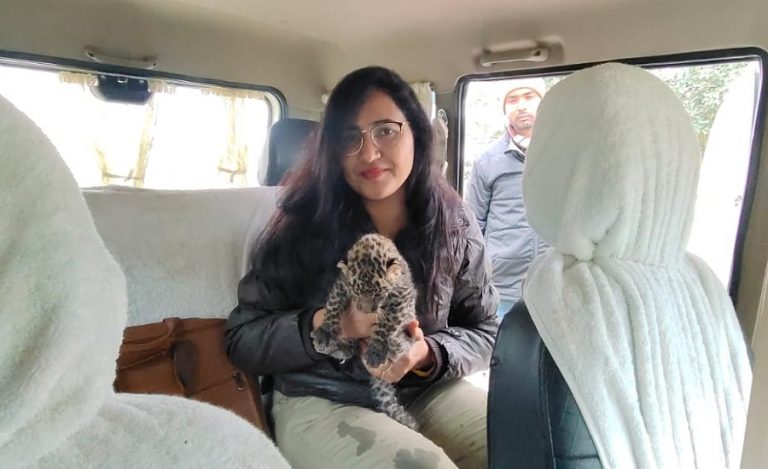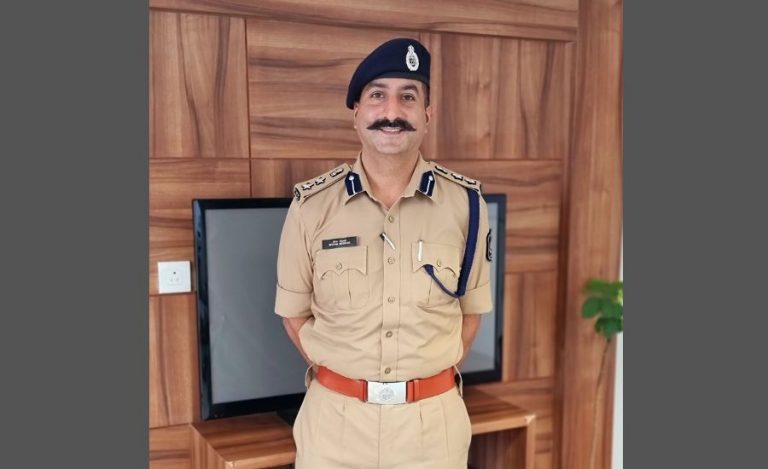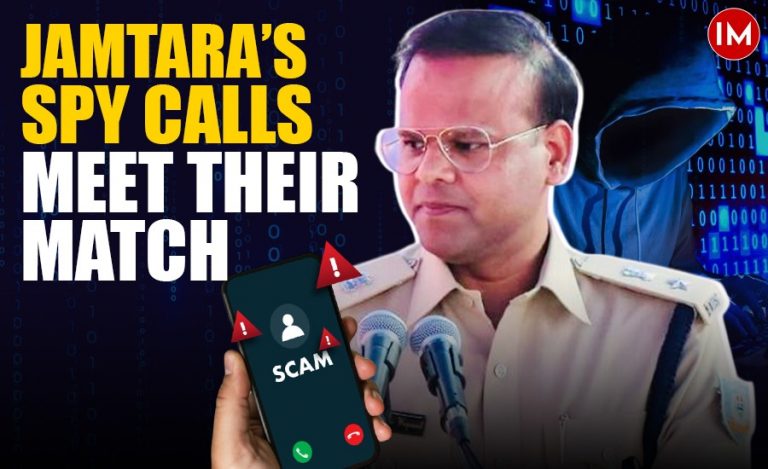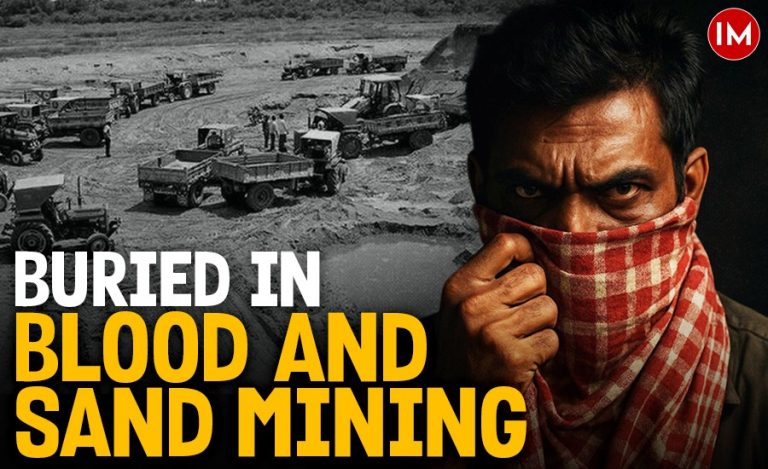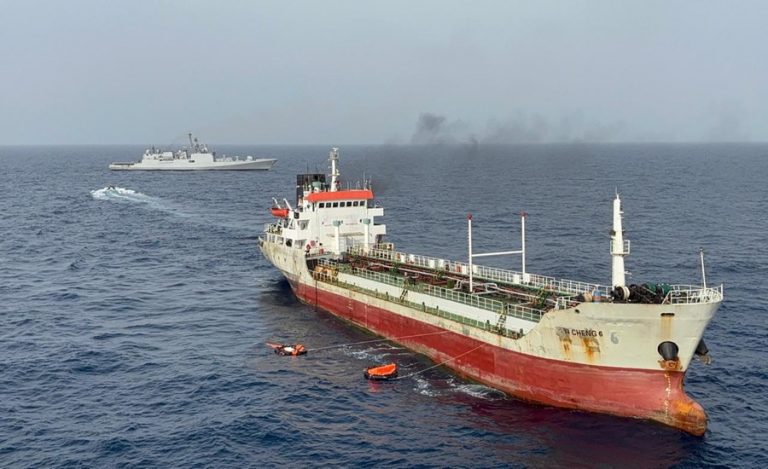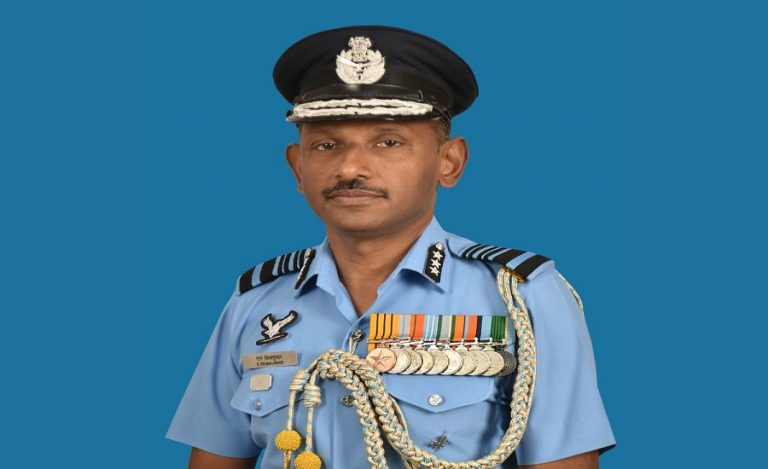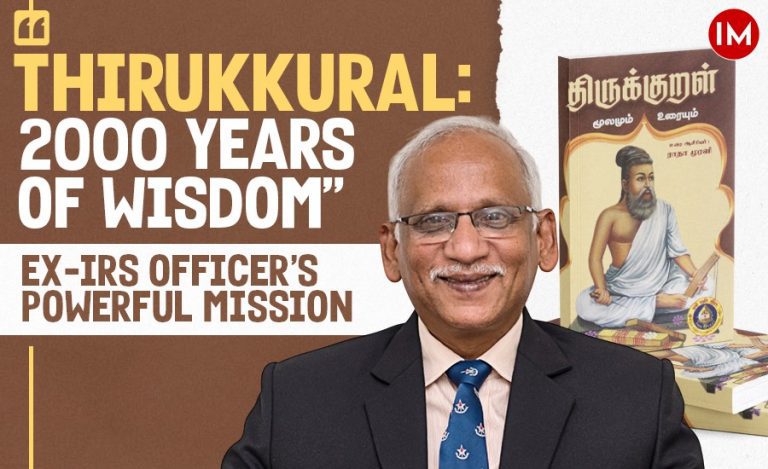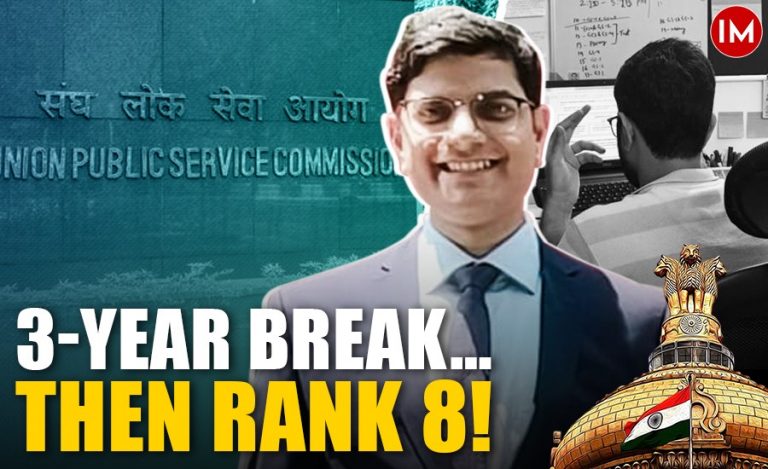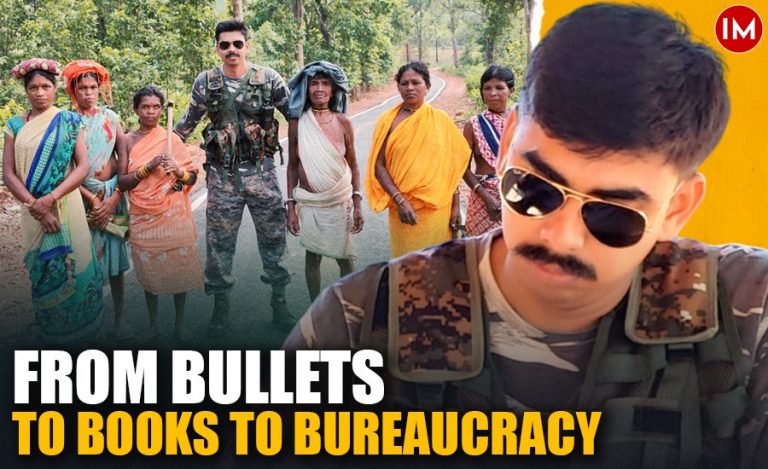Before he came to be known for his work in Jamtara, 2015 batch Jharkhand cadre IPS officer Ehtesham Waquarib faced an invisible but brutal crisis in Gumla. When he took charge as Superintendent of Police, he quickly noticed that behind the tranquil forests and quiet villages lay stories that rarely made headlines: young boys and girls vanishing from their homes, families left in silence, and a dangerous network feeding off their dreams.
UNCOVERING THE PATTERN
Instead of treating each missing child report as an isolated case, Waquarib decided to connect the dots. He pored over five years of data on human trafficking and missing children in the district. What emerged was chilling: many of the missing had been lured away to bustling metros, Delhi, Mumbai, and Kolkata, with promises of good jobs, only to end up trapped as unpaid domestic workers in strangers’ homes.
These children, mostly girls, were living far from the forests of Gumla, hidden in concrete apartments, invisible to the world.
“Many worked endless hours, beaten down by lies and threats, with no way to find their way back,” the officer shared in an exclusive conversation with Indian Masterminds.
OPERATION RESCUE
But data alone couldn’t bring the children home. Waquarib and his team began reaching out to families, gathering every shred of information: a name, a distant phone call, a whispered address.
“We built bridges with police teams across India’s largest cities, joining forces with state governments and local police stations to trace the traffickers and locate the children,” he stated.
Over two years, they brought back more than 50 boys and girls who had once vanished without a trace. For each child, a risky rescue mission unfolded hundreds of kilometres away from Gumla’s quiet lanes. Raids in crowded slums, tense confrontations with traffickers, and children found in cramped quarters who had almost given up hope of ever seeing home again.
A FRESH START
For Waquarib, bringing them back was only the first step. “Rescue means little if they remain trapped in poverty and fear,” he says. So Gumla’s police took an unusual turn. They focused on what happens next.
Some children wanted to go back to school, so the team worked with principals and teachers of local government schools, ensuring the rescued girls and boys were welcomed back to classrooms instead of being pushed to the margins.
Others, older or unable to resume studies, were enrolled in vocational training run by the state and central governments. They learned skills like tailoring, carpentry, and computing, which gave them a chance to earn and stand on their own feet.
“This model of rescue, rehabilitation, and reintegration brought a glimmer of hope to families who once feared their children were gone forever,” he shared with Indian Masterminds.
ACKNOWLEDGED AND ENCOURAGED
The work didn’t go unnoticed. In 2023, Waquarib’s approach won the Smart Policing Award from FICCI. But for him and his team, the real reward was seeing rescued girls back in school uniforms or young women returning from city slums now training to run small businesses of their own.
THE ROAD AHEAD
Human trafficking networks don’t stay within borders. A child in Gumla can be forced to work in Kolkata or hidden in Delhi’s high-rise apartments. Tracking them requires teamwork that crosses state lines, relentless follow-ups, and sometimes just a mother’s quiet hope that someone, somewhere, is looking for her child.
Ask Waquarib what makes the biggest difference, and he doesn’t hesitate: people need to know. Families need to be aware. Villagers need to recognise the signs. Local communities must stand guard so that traffickers find no easy targets.
His fight is far from over. But in Gumla, for dozens of children who once went missing in the dark, there is now a path back to light and a police officer who chose not to look away.




